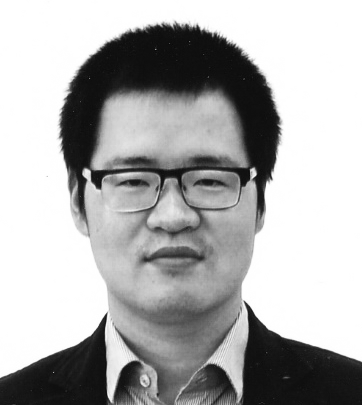At 3:00 p.m. on Thursday, Feb. 20, Yi (Jason) Hua will be at Michigan Tech to discuss the biomechanics of the central nervous system. His presentation will be given in room U113 of the Minerals and Materials Engineering Building on campus. Any students or staff interested in learning more about the central nervous system is welcome to attend.
Studying the mechanics of the central nervous system would be quite a broad topic for any researcher. So, while most do endeavor to understand as much as they can on it, it is wise to focus research on a smaller subtopic within the field. Hua has focused on trying to understand specific conditions. His research focuses on understanding the biomechanics of glaucoma and blast-induced mild traumatic brain injury.
Glaucomas are the leading cause of blindness in the world. This is a condition in which the fluid pressure of the eye rises to an unhealthy level. The result of this pressure can damage the optic nerve, which is what leads to this blindness or just a partial loss of vision for those who have glaucoma. This condition can be treated, however, usually with laser surgery to correct the issue.
To be more specific on Glaucomas, their damage is targeted to specific regions of the nerves. The pressure can cause a degeneration of retinal ganglion cell axons. Ganglion cells help convey information from other neurons to the rest of the brain. Within these nerves, the axons serve to send impulses to other cells. In other words, degeneration of these axons interferes with the ability of these nerves to communicate with the brain.
It is known that this degeneration typically begins in a location in the back of the eye known as the lamina cribosa. It is also understood that the high pressure within the eye can be considered a risk factor for developing glaucoma and beginning this degeneration. However, researchers are still uncertain as to how this elevated pressure causes the degeneration of these cells and glaucoma.
Within Hua’s discussion on this, he will focus on testing two prominent hypotheses involving retinal ganglion cell degeneration in glaucoma. To do this, he will be using image-based computational modeling. However, Hua has also done research on blast-induced mild traumatic brain injuries, and will be speaking more on them as well.
These traumatic brain injuries have become more common in recent years than they used to be. With improvements in technologies, improvised explosives are more common and there are better body armors to allow for people to survive such blasts. As a result, there are more individuals with injuries relating to these blasts than before. Hua will be presenting an approach to study these injuries on various models during his presentation.


